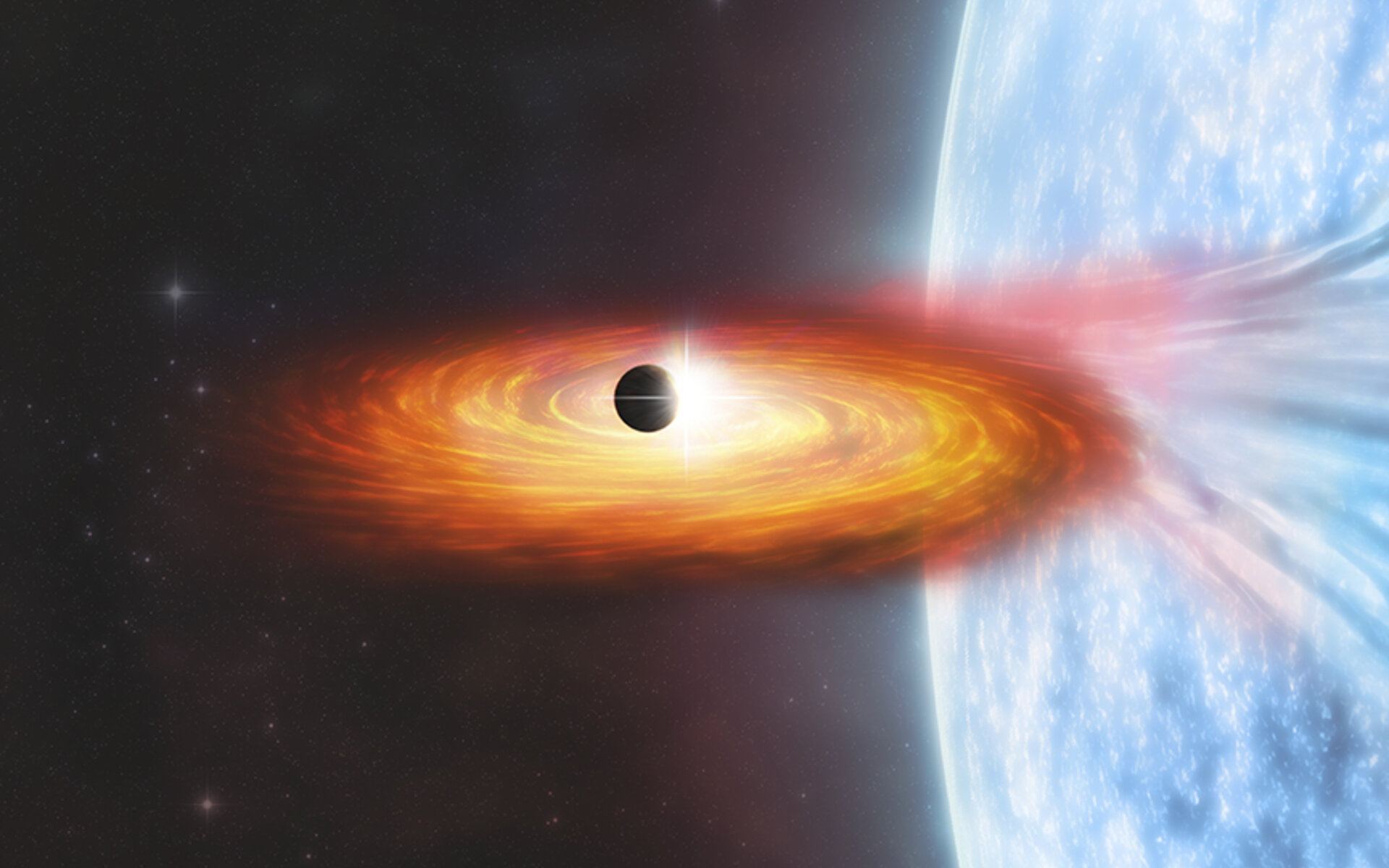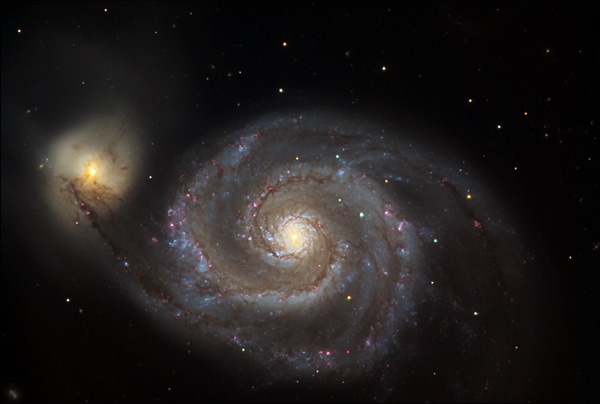[/caption]
We regularly report on the discovery of extrasolar planets in our galaxy, but earlier this year came news of possibly the first planet discovered outside of the Milky Way. Now comes news of the potential discovery of dozens of extragalactic planetary systems. Erin Mentuch and her colleagues at the University of Toronto in Canada have analyzed 88 remote galaxies and found a broad continuum excess in the near-infrared. They conclude the most likely explanation for the 2-5 micron excess is the light from circumstellar disks, or young solar systems, forming around massive young stars. “[This] presents us with an exciting opportunity to measure the formation rate of planetary systems at cosmic epochs before our own Solar System formed,” the team writes in their paper.
The light from the galaxies studied was emitted when the universe was between a quarter and half its current age – making them far too remote for their stars to be seen individually. The galaxies’ light output peaks at two distinct wavelengths. One represents the combined light of a galaxy’s stars; the other, at longer wavelengths, comes from the glow of its interstellar dust.
In each case, the team noticed a faint third component between the two peaks. Whatever produces this light is too cold to be stars and too warm to be dust. The most likely source is circumstellar discs – embryonic solar systems around young stars. “It’s the most surprising result I’ve ever worked on,” said Roberto Abraham, one of the team members.
The opportunity to study discs that existed so long ago could help reveal how the rate of planet formation across the universe has changed over time, says Mentuch.
Read the team’s paper.
Source: Daily Mail


